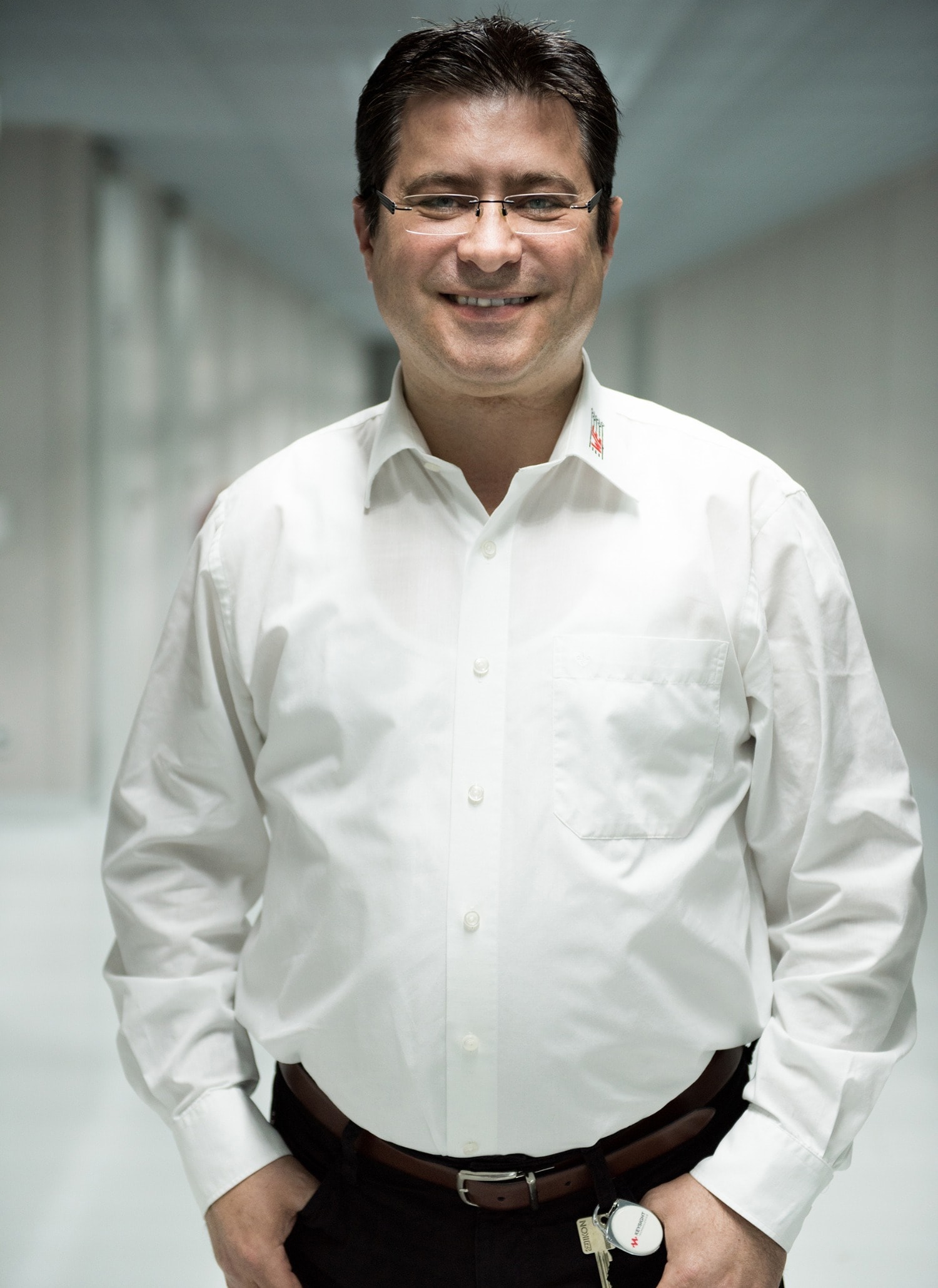ASK LORANDT - EMC DESIGN ENGINEER AT HEART
Portrait Lorandt Fölkel
I am application engineer for EMI situation and power converter design for industrial- and automotive electronic applications. I am the company spokesperson for EMC seminars and held over the world, since 2005, approx. 500 seminars to design engineers, giving training to easy understanding the EMC problems at board level.
With over 35 years’ experience in electronic design, including 22 years in product management for passive components at Würth Elektronik eiSos, I have widespread experience for EMC filter design and efficiency improvement for DC/DC converters. After my study at “University Transylvania” in Brasov (Romania), I worked for 8 years as service technician for consumer electronics then as design engineer for EX (explosion safety) remote controllers.
From time to time you can read articles by and about me in specialist magazines and relevant web portals:
Practice-oriented Videos for Electronics Developers on the Basics of Passive, Electromechanical, Optoelectronic and Active Components and Their Applications
Feel Free to Contact Me
My Answers to Frequently Asked Questions About Electronics Design
Because these two features are independent of each other by definition. The rated current is defined by the temperature rise, whereas the saturation current is defined by the drop in the inductance value. In the case of smaller packages, the core saturates before the inductor becomes hot, because we always strive to obtain a small RDC.
The multilayer structure of the internal layers may become damaged, which would result in interruptions of the circuit. The WE-MPSB ferrites can be used in these situations. They are the world’s first peak pulse specified multilayer SMT ferrites which are the best choice for such applications.
As long as the rated current flows through the two windings in the current-compensated mode, the saturation point will not be reached. Only when the current cannot be guaranteed to flow back and forth between both windings, would we speak of saturation. The common-mode noise current capable of bringing a common-mode choke to saturation must be extremely large.
As soon as a snap ferrite is used on a cable that conducts several lines, it fulfils the function of a common-mode choke. In this case, you must note which of the lines conduct the common-mode interference and place a common-mode choke in these lines on the PCB. If there are more than two lines that conduct this interference, a common-mode with multiple lines must be used.
In most cases no, since the discharge creates an inward electromagnetic field and transports the charge onto the circuit board. We recommend using ESD suppressors or TVS diodes at the interfaces. When using a shielded case, we recommend the use of conductive seals from the WE-LT series in the intermediate spaces (cover-base) to create a sufficient shielding effect.

